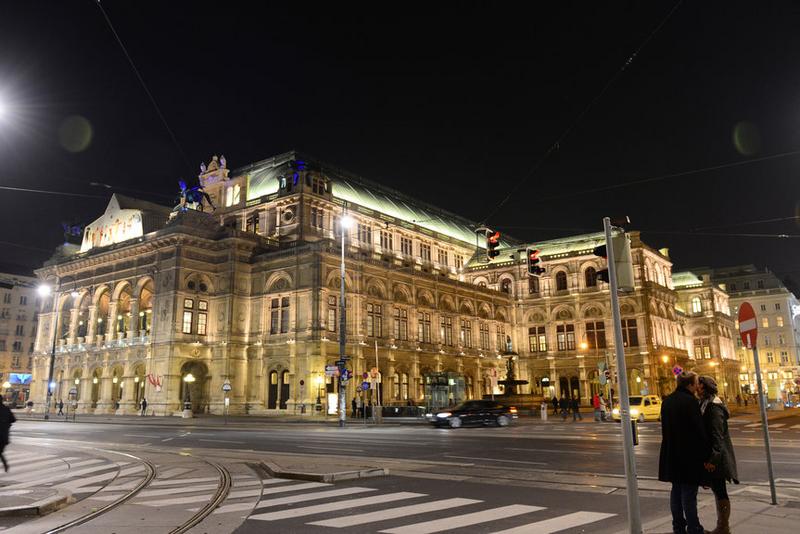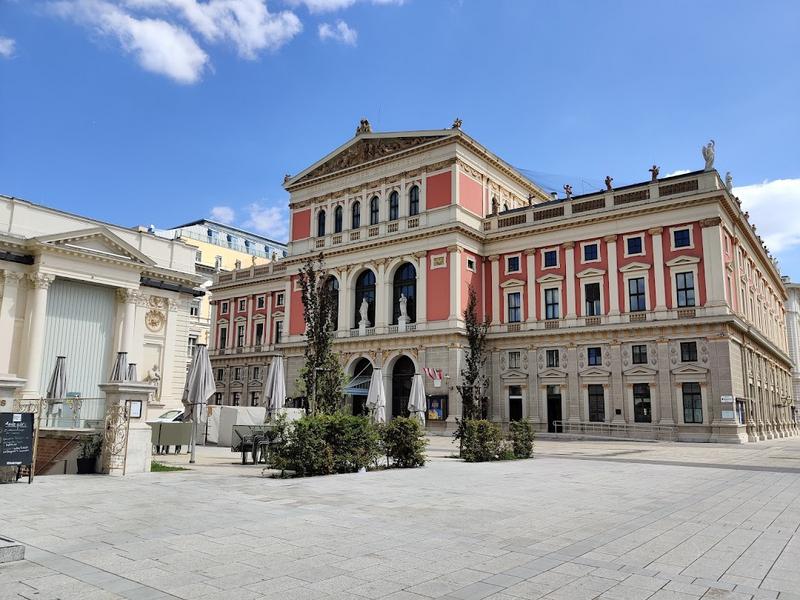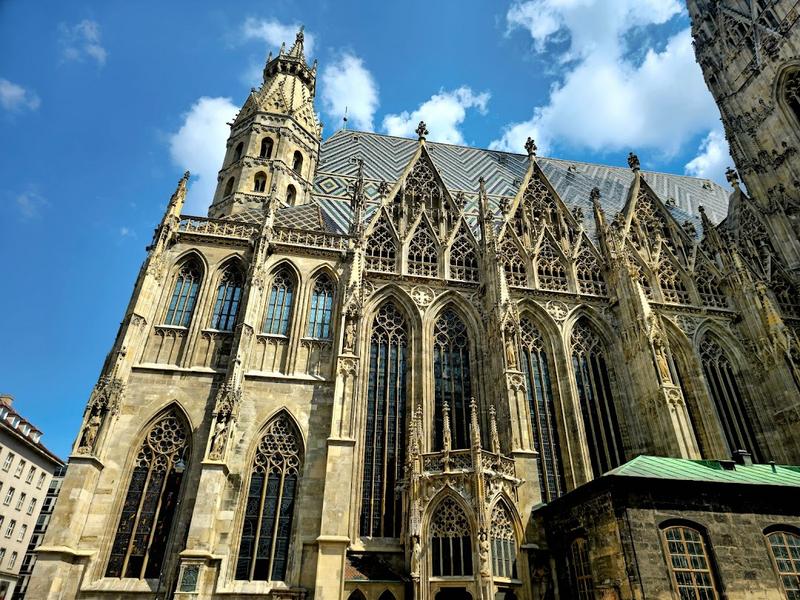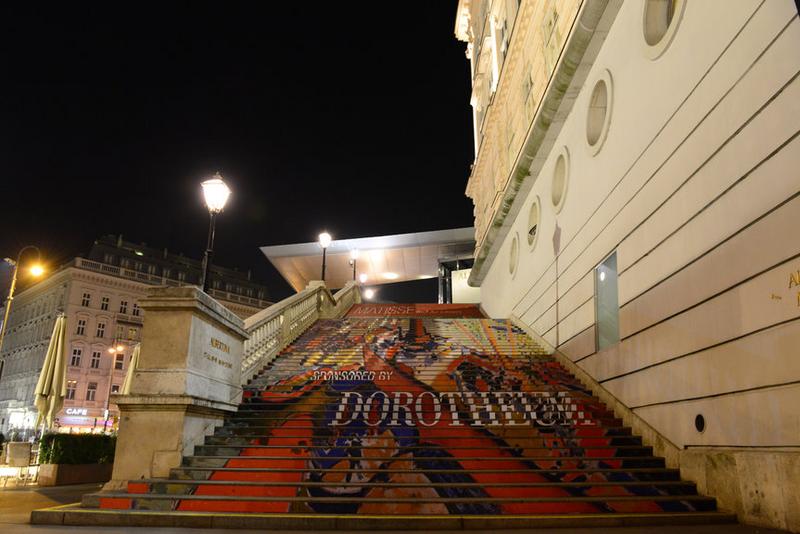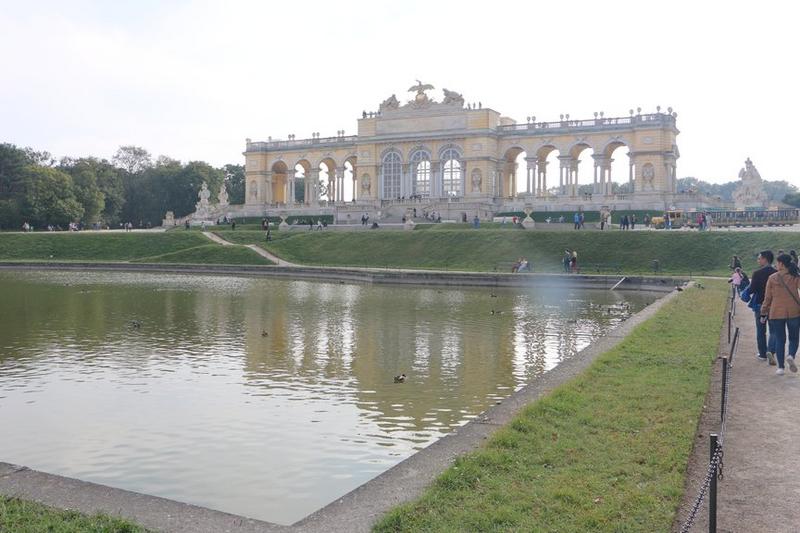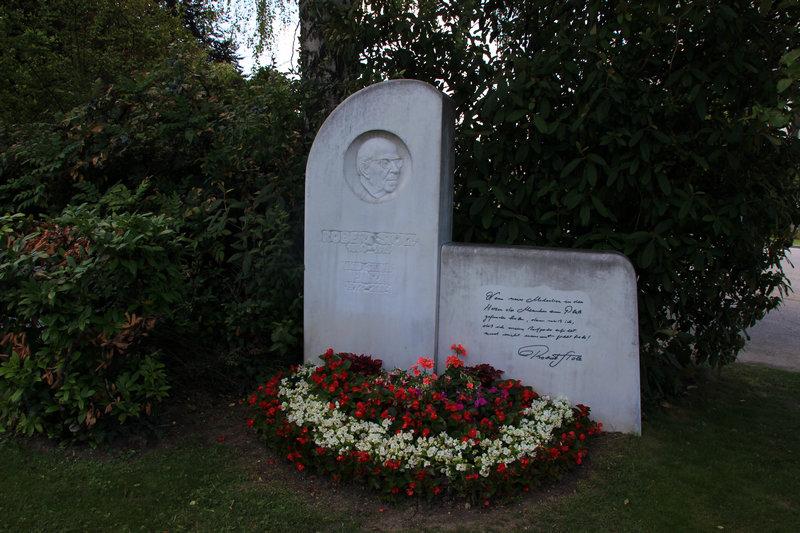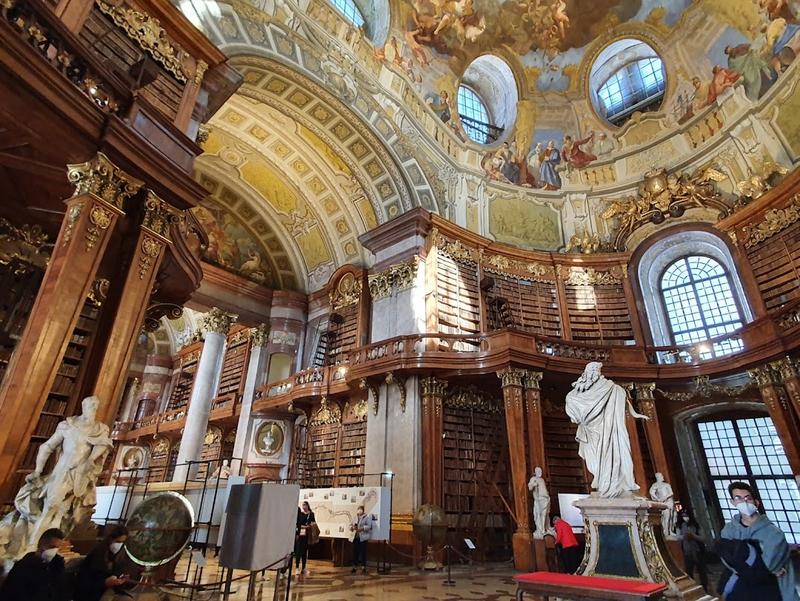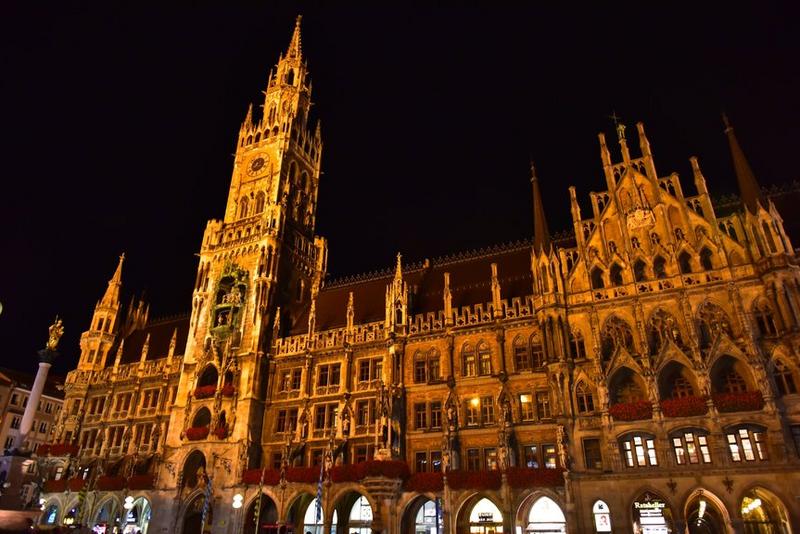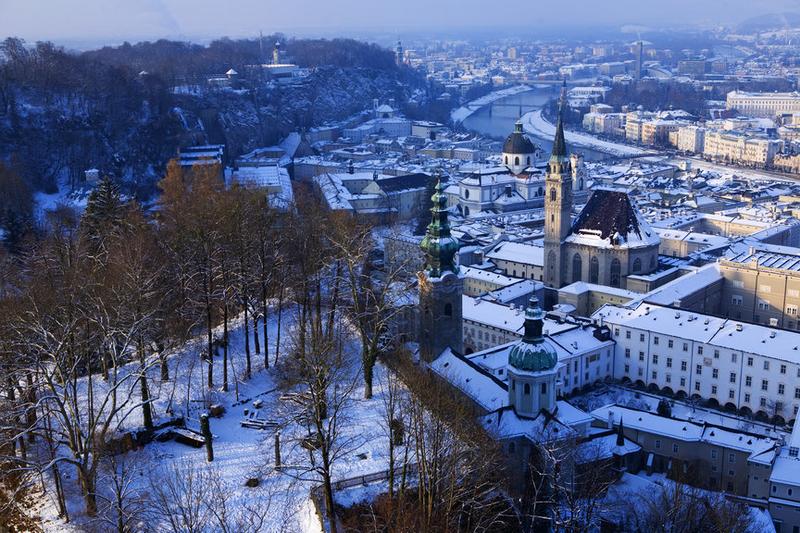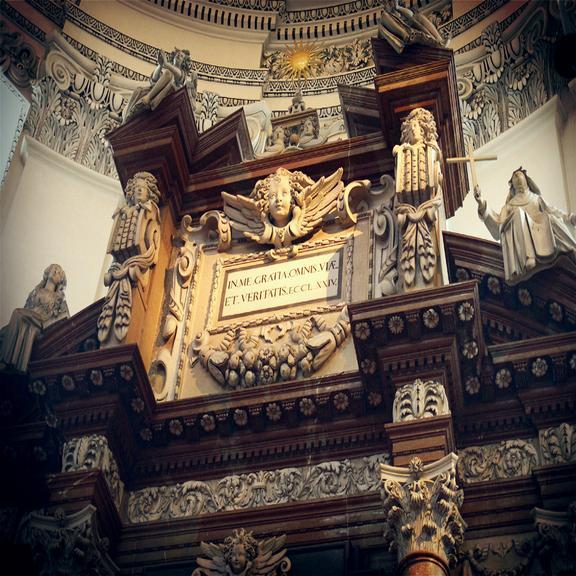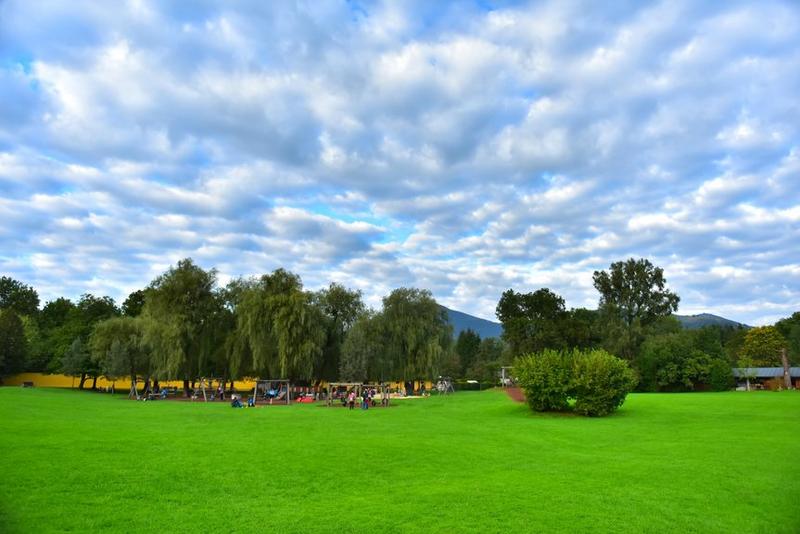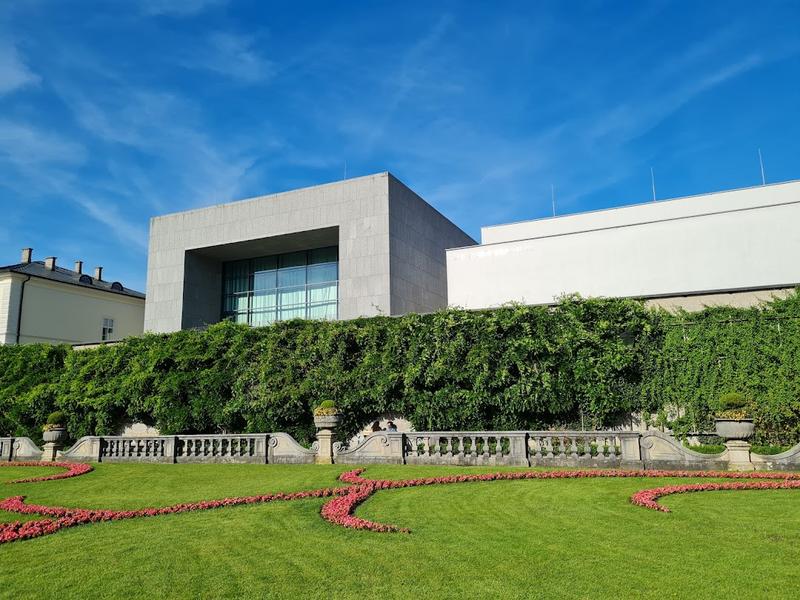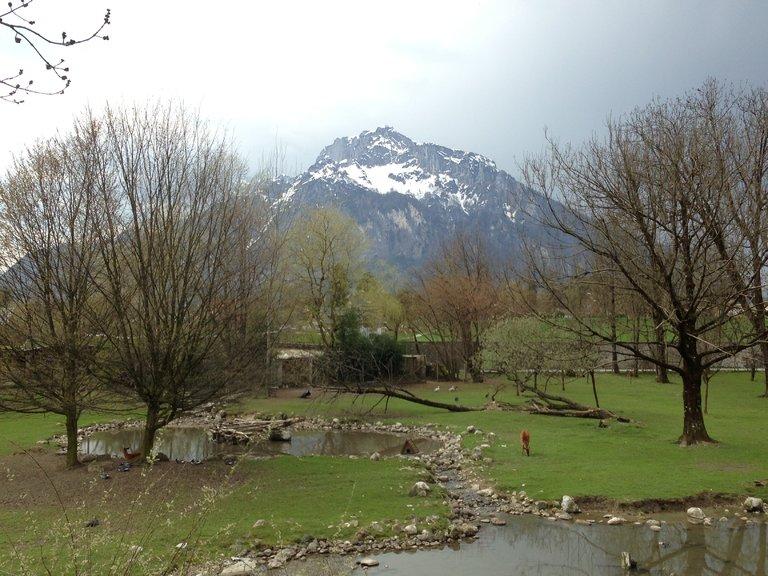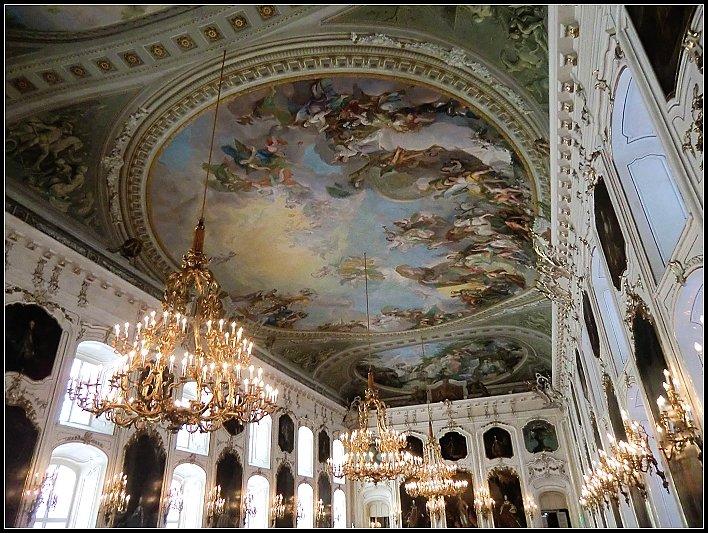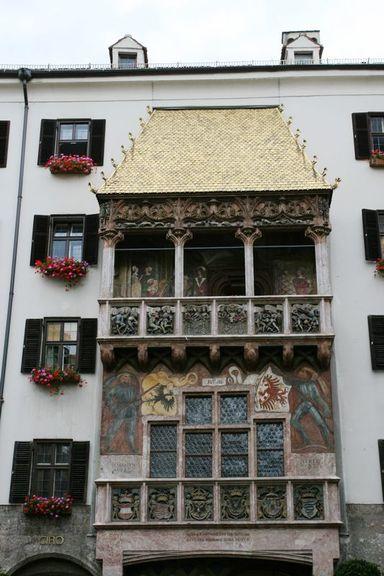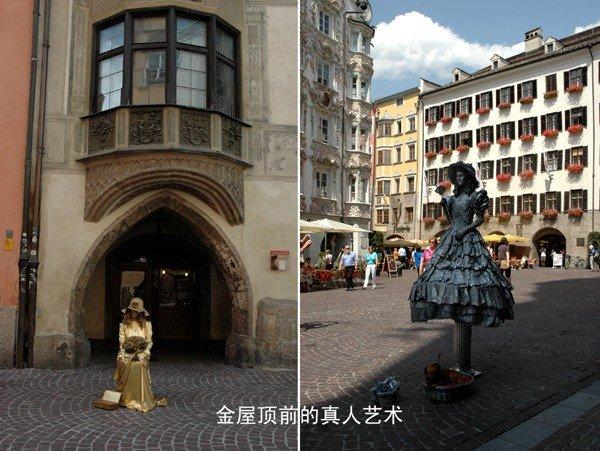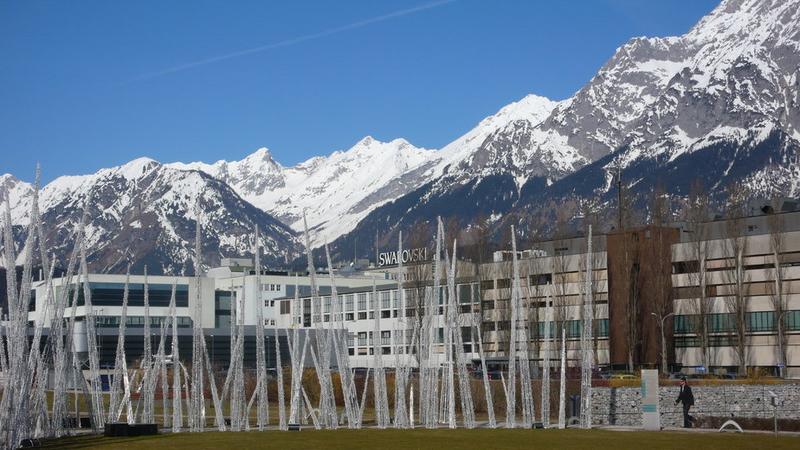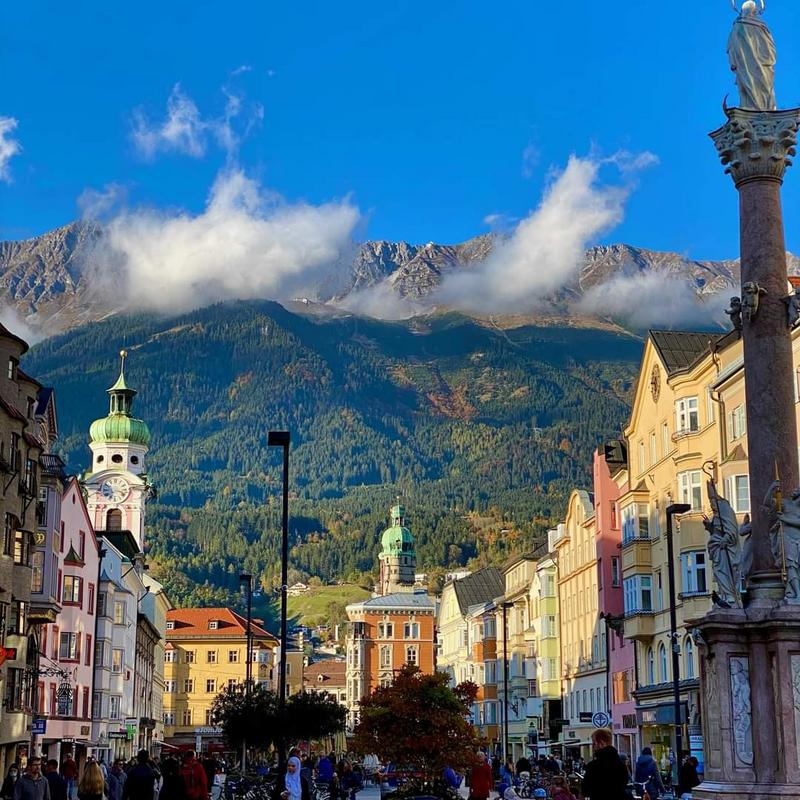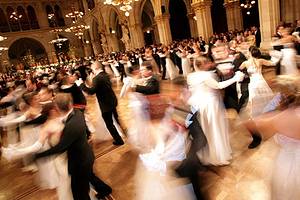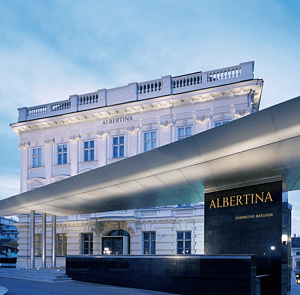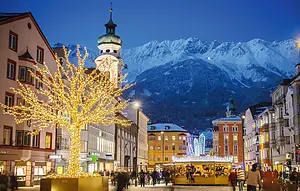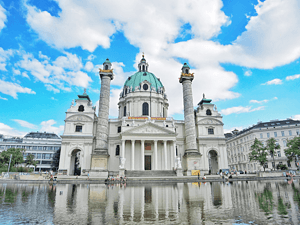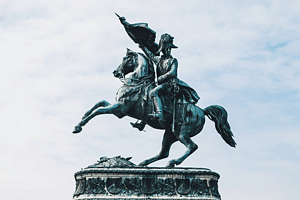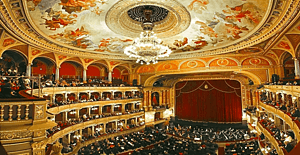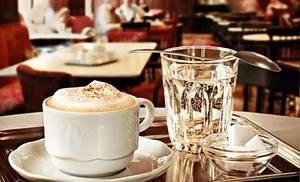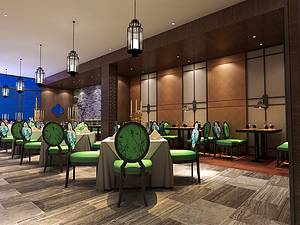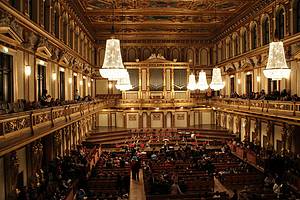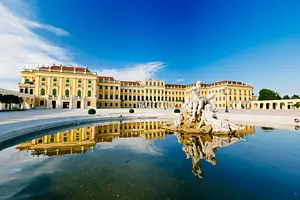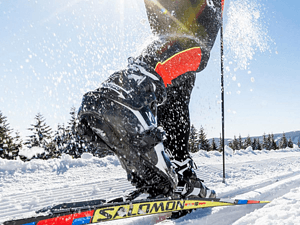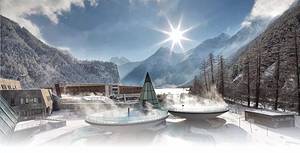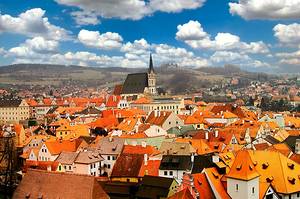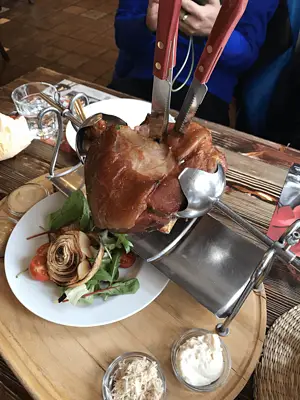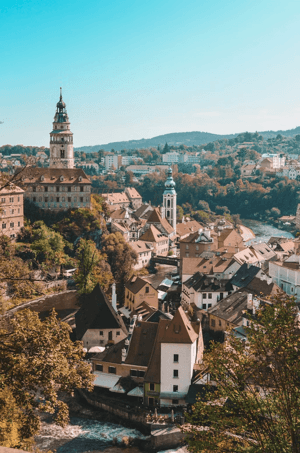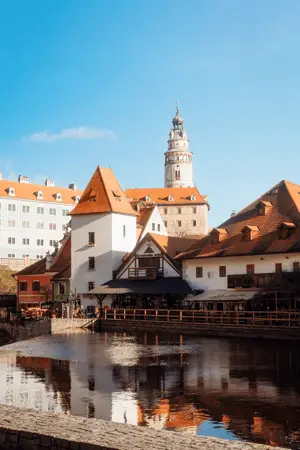Austria Free Travel in February: Vienna, Salzburg, Innsbruck
3 cities |
21 attraction(s) |
total distance 462
km
 TIPS
TIPS
Day1
Day2
Day3
Day4
Day5
Day6
Day1: Vienna
4 attraction(s) ·
3 km
1
Vienna State Opera, located on the Ringstrasse in the heart of Vienna, is one of the world's most renowned opera houses and a major symbol of Vienna. Built in 1869, its inaugural performance was Mozart's "Don Giovanni," and it quickly became the center of the opera world, earning the nickname "the world's opera capital."
The State Opera is a grand neoclassical building constructed with yellow marble. It features five arches on the main entrance, each representing heroism, drama, imagination, art, and love, with bronze statues of the five opera goddesses.
Spanning 9,000 square meters, the opera house has 6 tiers of seating. The walls of the foyers and corridors are adorned with magnificent oil paintings depicting scenes from the most famous works of celebrated composers, including Mozart's "The Marriage of Figaro," "The Magic Flute," and "Don Giovanni," Beethoven's "Fidelio," Rossini's "The Barber of Seville," and more.
During World War II, the stage of the Vienna State Opera was destroyed by Allied bombing, and in 1945, the entire building was consumed by fire. The opera house we see today is a reconstruction, completed in 1955 with over 2,200 seats, and it premiered with Beethoven's "Fidelio" conducted by Karl Böhm on November 5th.
1
km
2
Renowned classical music venue with a packed program including local & international performers.
1
km
3
Medieval Roman Catholic place of worship with an ornate spire, catacombs & a treasury museum.
2
km
4
Located in the center of Vienna's Ringstrasse, the Maria-Theresien-Platz, the Vienna Museum of Art History is one of the largest and most important museums in the world. Built with funds from the Habsburg family, the museum has 8 branches and 7 other branches in Vienna and Innsbruck. The art collection at the Vienna Museum of Art History spans five thousand years, from ancient Egypt through ancient Greece to the late 18th century. The museum's art collection focuses on the Renaissance and Baroque periods. The museum's collection is housed in several buildings, including the Picture Gallery, the Collection of Classical Art, the Kunstkammer, the Egyptian and Oriental Art Collection, and the Coin Collection. Visiting the museum's architecture itself is an extraordinary artistic experience, showcasing the grand dome hall and a wealth of Neo-Baroque decorations that are among the most magnificent interior decorations in Vienna, unmatched by other European museums.
Day2: Vienna
4 attraction(s) ·
19 km
2
Central Cemetery is located in the Simmering district of Vienna, created in 1874, covering an area of over 200 hectares. It is the second largest cemetery in Europe. Many famous musicians and composers are buried here, including Mozart, Haydn, Beethoven, Schubert, the Strauss family, and Brahms, among others. Every day, countless visitors come here, especially music lovers, to express their remembrance and respect for these musical figures in various ways.
8
km
3
Baroque State Hall with ceiling frescoes housing National Library including papyrus & globe museums.
1
km
4
Vienna City Hall is a magnificent Neo-Gothic building and serves as the residence of the mayor and city council. The facade of the City Hall features five towers, with a particularly striking central tower reaching a height of 98 meters. When the City Hall was constructed, the church set a rule that non-church buildings should not exceed a height of 100 meters. In order to challenge this rule, the designer cleverly added a statue of a "City Hall Iron Man" on top of the tower, standing at a height of 3.4 meters, symbolizing the spirit of challenging the old order. In front of the City Hall, there is a large park called Rathauspark. Every summer (July and August), concerts and performances are held on the square in front of the City Hall. One month before Christmas, wooden huts are set up on the square to form a Christmas market. During winter, the square transforms into an artificial ice-skating rink, creating a lively atmosphere and serving as a venue for winter ice and snow activities.
Day3: Salzburg
4 attraction(s) ·
2 km
1
Salzburg Fortress, located on a hill in the old town area, was built in 1077. It is one of the largest medieval castles in Europe and is an iconic landmark within the city of Salzburg. With over 996,000 visitors annually, it has become a popular tourist attraction in Austria. In addition to its museum showcasing ancient weapons, instruments, and folklore, the fortress also has a café where visitors can enjoy panoramic views of the magnificent scenery below. Regular classical chamber music concerts are held inside the castle, featuring popular classical music.
The open spaces along the north and south walls of the castle have become popular spots for photography enthusiasts to capture city landscapes. The nearby Nonnberg Monastery Church, located halfway up the hill near the castle, is another popular spot for photo opportunities. Although the monastery is small, it has a rich history and can be reached via a flat path behind the mountain.
Friends with a valid Salzburg residence permit can enter the castle for free, but they must hike up the hill and present valid ID to obtain their tickets. This special offer has been in place for several years, but the duration of this promotion is unknown.
1
km
2
Mozart's birthplace is located at Getreidegasse 9, the main street in the old town of Austria. The yellow building, adorned with the Austrian flag and a piano-shaped music sign, is known as Mozart's House. Mozart's father, a violinist, lived with his family on the third floor of this building from 1747 to 1773.
In 1880, the first Mozart museum was established here and gradually transformed into today's Mozart's Birthplace Museum, attracting thousands of Mozart and classical music enthusiasts. Visitors can explore the rooms where Mozart and his family lived, admire historical instruments, documents, portraits, memorabilia, and the Mozart family's correspondence.
The renovated museum has sparked controversy among locals, as some believe that the museum designers did not fully understand Mozart and failed to preserve the true appearance of Mozart's family home. The author has visited both versions of the museum, and the current version is more modern and lacks traditional charm, but it provides a more comprehensive display of Mozart's works. For example, there are models and detailed explanations of Mozart's famous operas on the second floor, which is a great delight for professionals and enthusiasts. Personal preferences may vary regarding the changes made to Mozart's birthplace.
Please note that wheelchairs or mobility scooters cannot be used inside the museum.
1
km
3
The main bishop's church in the center of Salzburg's Old Town is an Italian-style church, first built in 774. After several expansions, renovations, and fire damage, it now exhibits a Baroque style. Despite not being as grand or decorated as other churches in Europe, it possesses a unique charm.
In the 17th century, Bishop Paris-Lodron was a controversial figure, but he managed to prevent war in Salzburg and greatly contributed to the city's development, establishing its first university. Many streets and institutions in Salzburg are named after him, including the University of Salzburg.
1
km
4
This ancient town is located within Austria and is renowned as one of its most beautiful. With a long history, it is filled with many fascinating stories that captivate the imagination and linger in the memory.
Day4: Salzburg
3 attraction(s) ·
11 km
1
Hellbrunn Palace is a summer palace planned by Bishop Markus Sittikus in 1612. The garden here is pleasant and it is a favorite place for locals to walk and exercise. The children's playground on a flat ground in a corner of the garden is a paradise for children and childish adults. There is also a traditional Christmas market here. Before Christmas, on the small path in front of the palace, you can enjoy various Austrian traditional snacks, drink Punsch, and look for various small objects, accompanied by the special atmosphere here. Inside the main palace, there is also a special indoor market, which has large iron-ceramic products for the garden, Christmas tree decorations, and small crafts. With a wide variety and enthusiastic vendors, it is definitely not to be missed.
5
km
2
Venerable conservatory & dramatic-arts school with 2 concert halls, a student orchestra & choir.
6
km
3
Charming zoo located in the Haiburen Mountain, with steep peaks on one side and rolling hills in the valley on the other. There are 140 species of local and exotic animals living in this 14-hectare park, from Alpine goats to Egyptian weasels. The park offers a close-to-nature and vast free environment.
Day5: Innsbruck
4 attraction(s) ·
1 km
1
Hofburg Palace is a historic palace built around 1460. Under the leadership of Archduke Sigismund, the palace was completed. In 1754, Queen Maria Theresa ordered the expansion of the palace, transforming it into a magnificent late Baroque and Rococo-style building. The most striking features include polished marble and platinum-decorated luxurious halls. These halls house busts of imperial family members and three splendid ceiling frescoes. Additionally, at the southern end of the palace, there is a convent with two impressive gates in a highly Baroque style.
1
km
2
Goldenes Dachl is an old building located at the end of Herzog-Friedrich-Strasse in the old town of Innsbruck, Austria. Built in 1500, it is an example of late Gothic architecture. Originally known as the New Residence, it was constructed to commemorate the engagement of Maximilian I. It was converted by Nikolaus during 1494-1496 from a previously dilapidated arcade into a loggia with Gothic vaulting, providing a vantage point to observe the square below and for watching games and theatrical performances. The loggia of the Goldenes Dachl spans a width of 16 meters, with a roof height of only 3.7 meters, but its roof is covered with 3,450 gilded copper tiles, hence its name. The eaves are adorned with ornate animal figures, and the columns are decorated with intricate reliefs, including statues of Emperor Maximilian I and his wife. The façade features the coats of arms of Austria and Hungary, the double-headed eagle and the king's eagle, as well as the coats of arms of Burgundy and Milan, Styria and Tyrol. The wall paintings on the Goldenes Dachl depict two guards carrying the flags of the Holy Roman Empire and Tyrol, and the original is preserved in the Tyrolean State Museum.
1
km
3
St. James's Cathedral (also known as Innsbruck Cathedral) is an elegant 18th-century Baroque church. Designed and built by architect Johann Jakob in the years 1717 to 1724, the cathedral has a magnificent exterior and exquisite interior decoration, making it an important example of Baroque architectural style.
1
km
4
Walking through Innsbruck's old town center feels like stepping back in time, as this ancient city, which has endured 800 years of history, exudes a unique charm and complexity. The blend of Gothic and Baroque architecture seamlessly come together, creating a distinct atmosphere at the foot of the Alps.
Day6: Innsbruck
3 attraction(s) ·
17 km
1
Swarovski Crystal World in suburban area, created in 1995, showcases the famous crystal products of Swarovski through a multimedia light and sound experience. This Crystal World presents a unique charm of crystals, allowing visitors to immerse themselves in the beauty of crystals.
17
km
